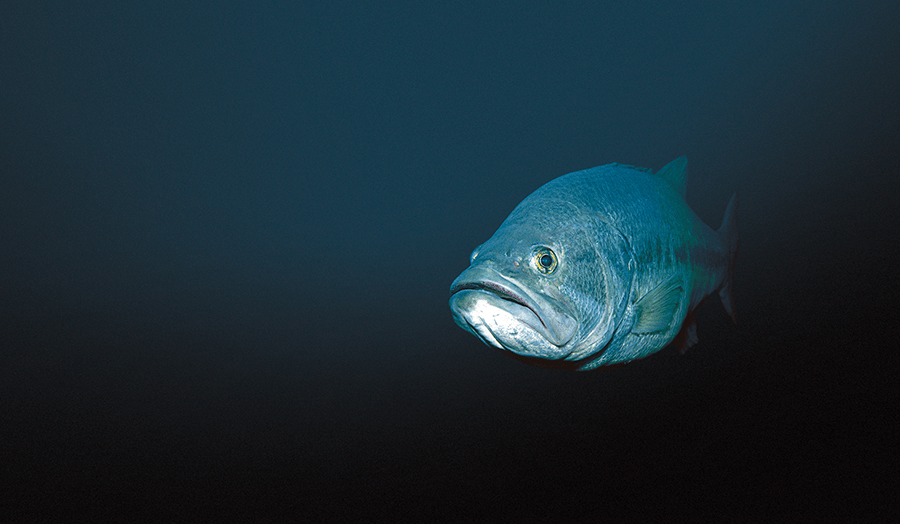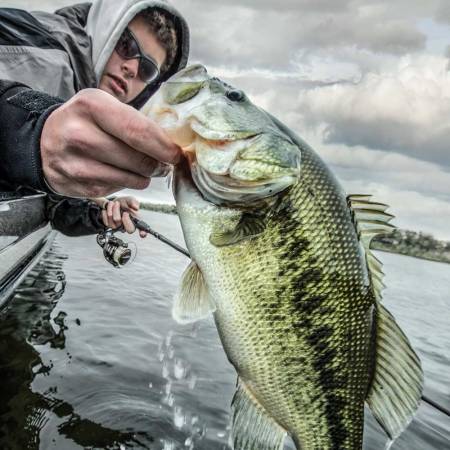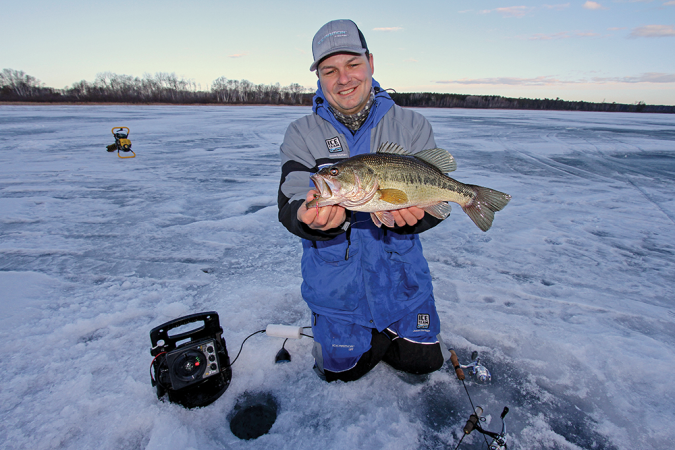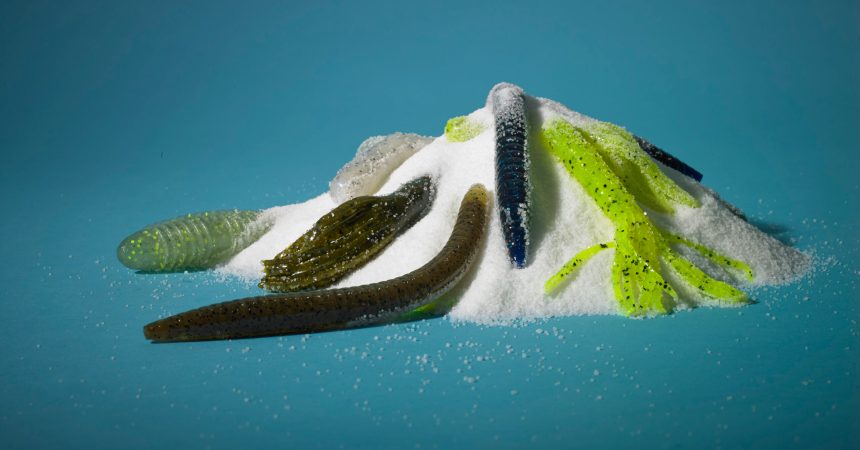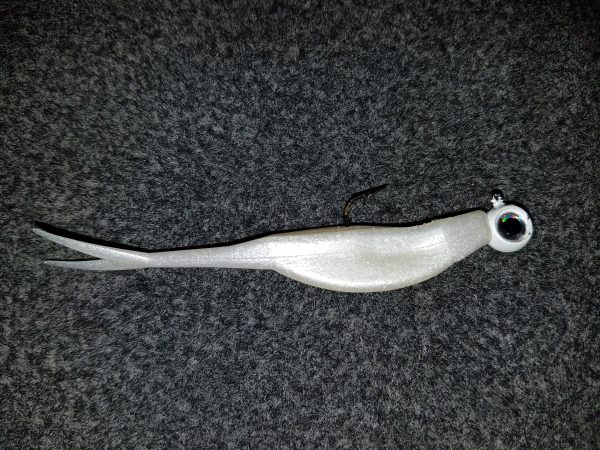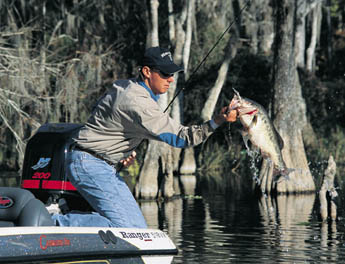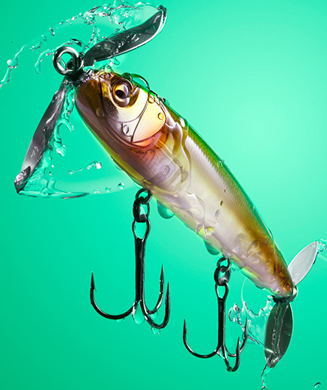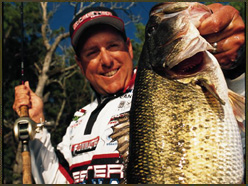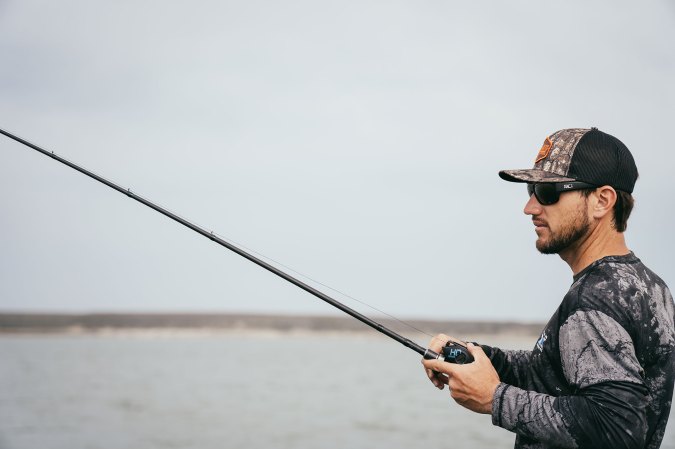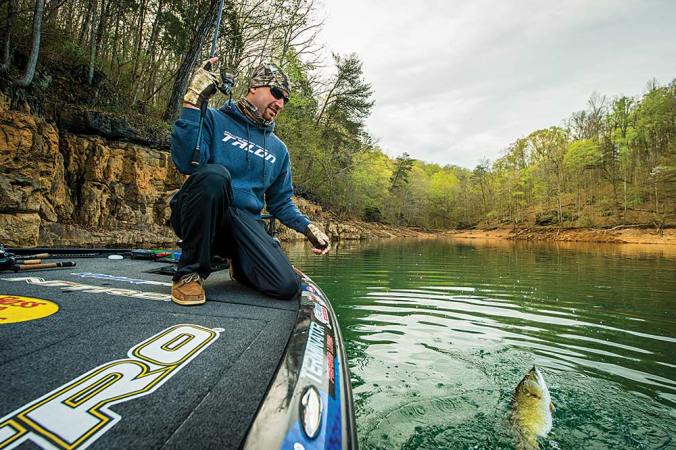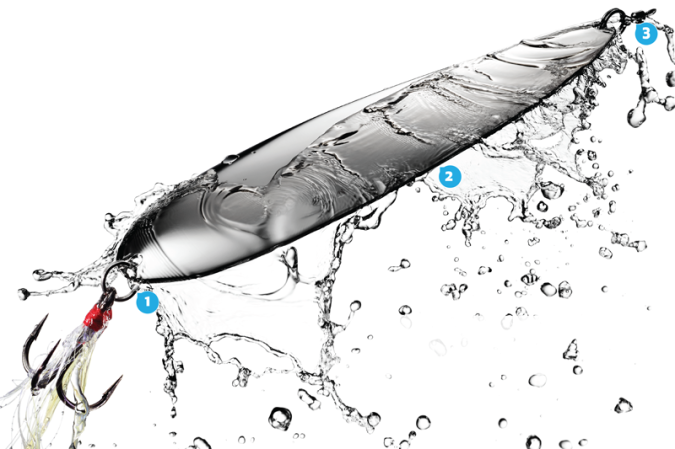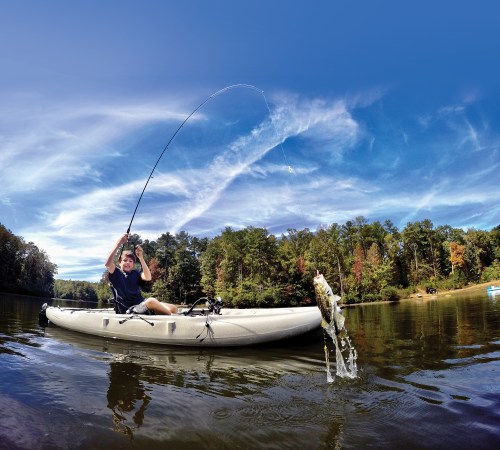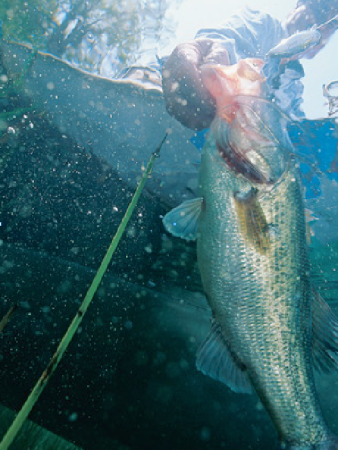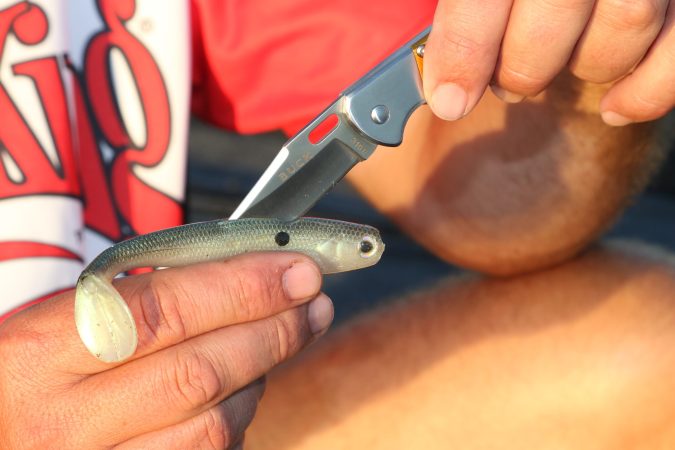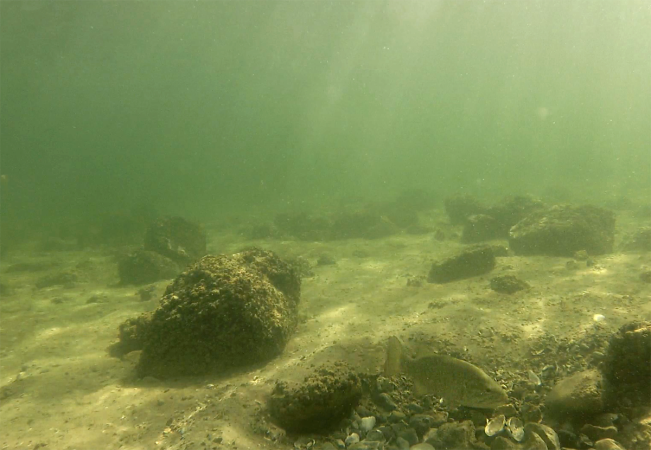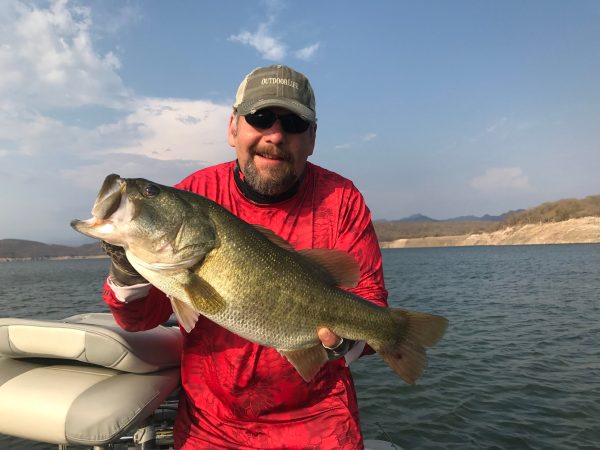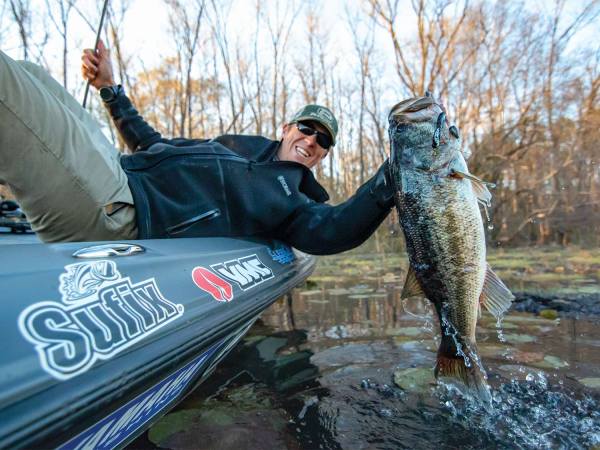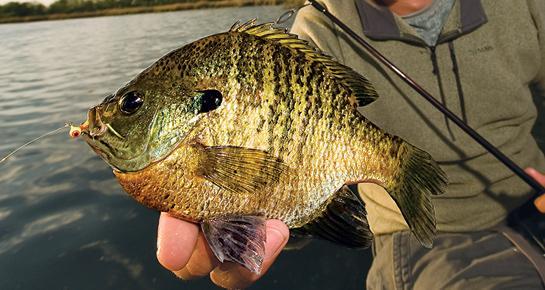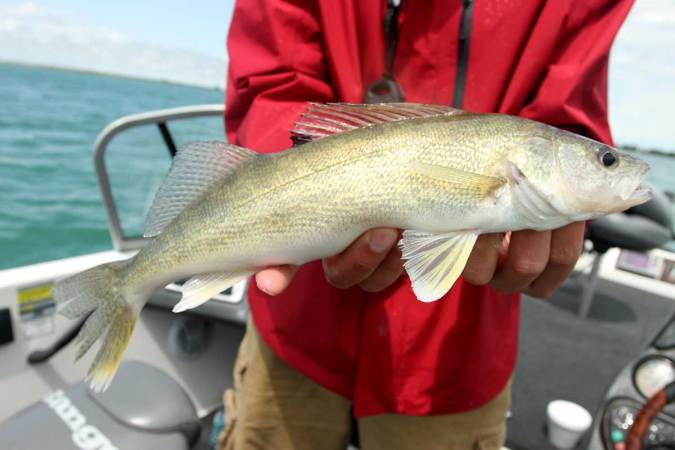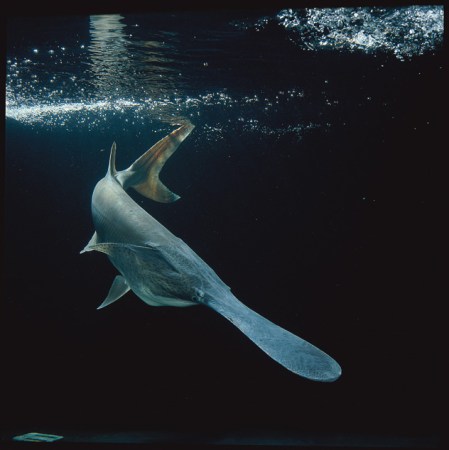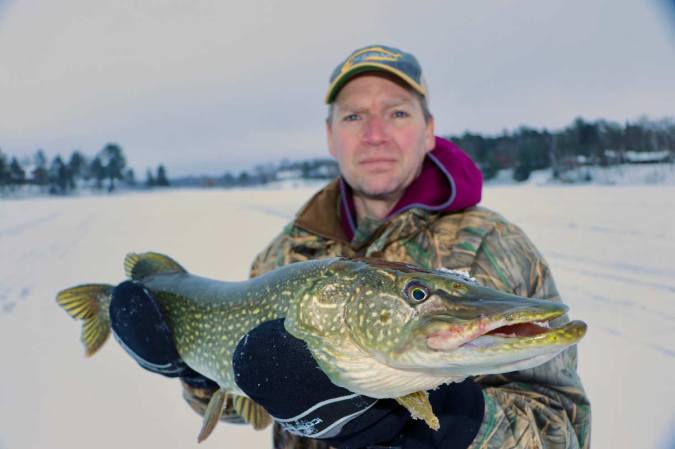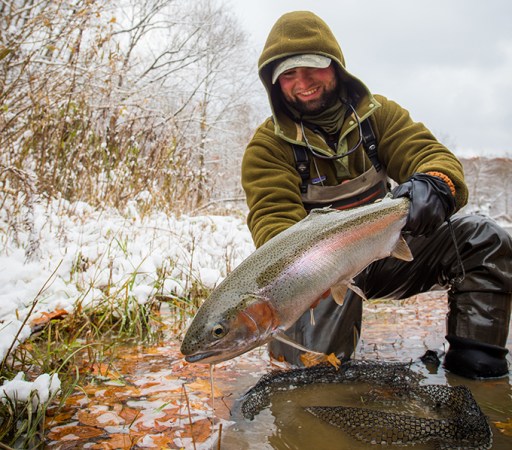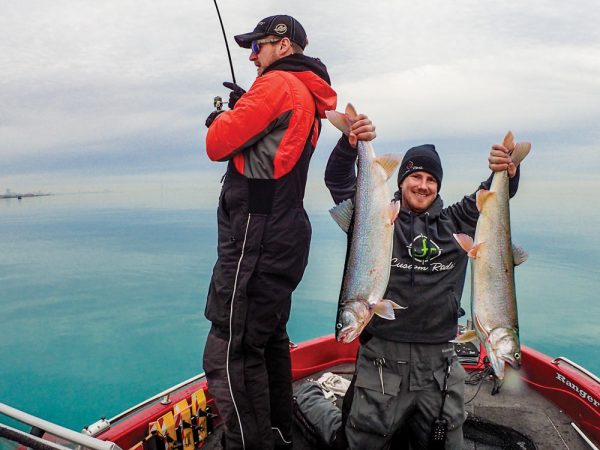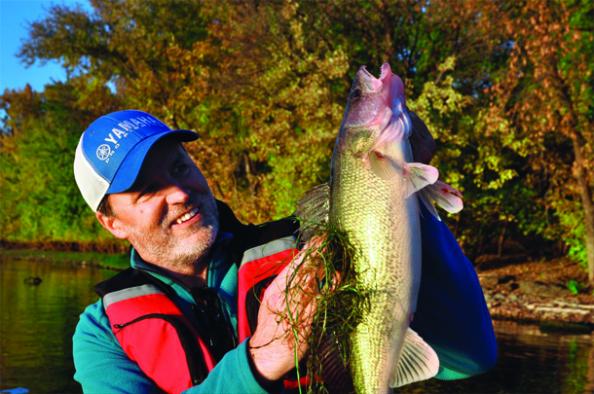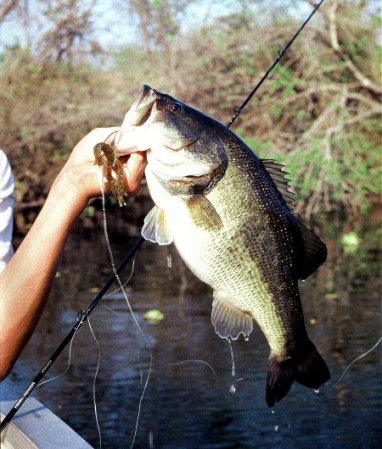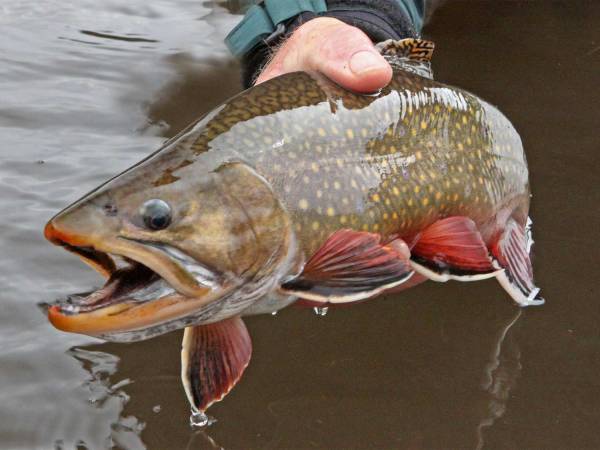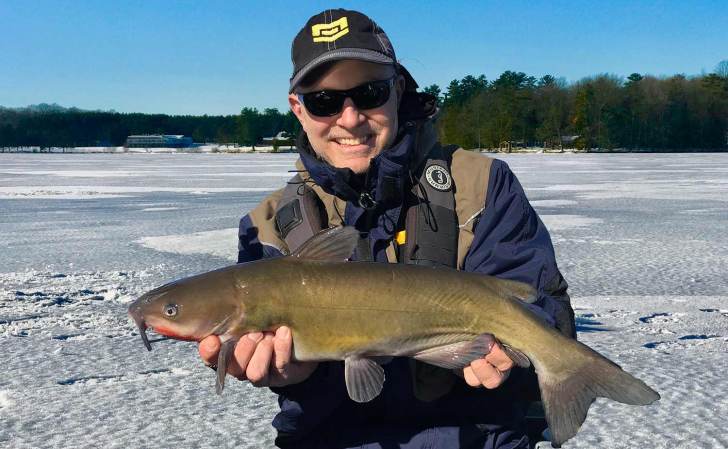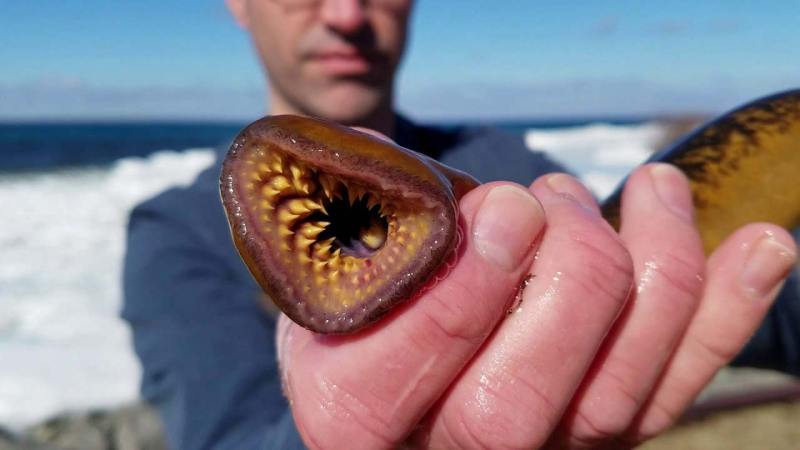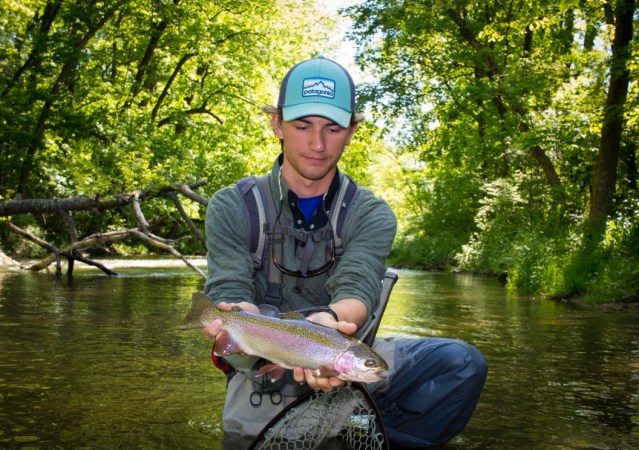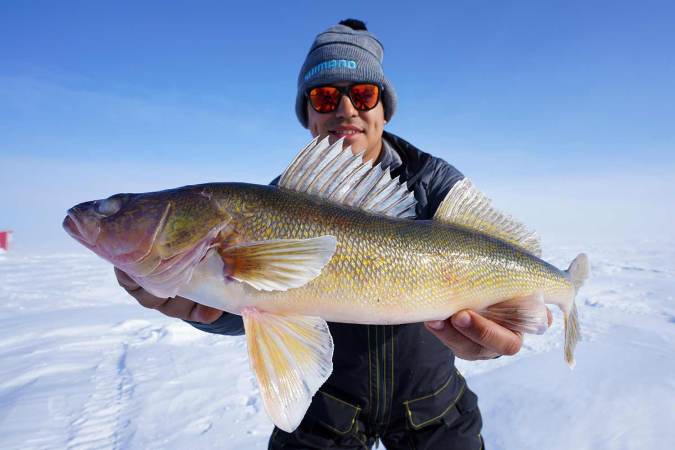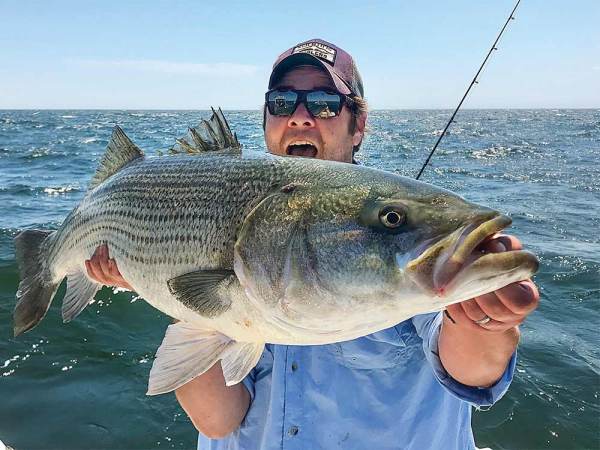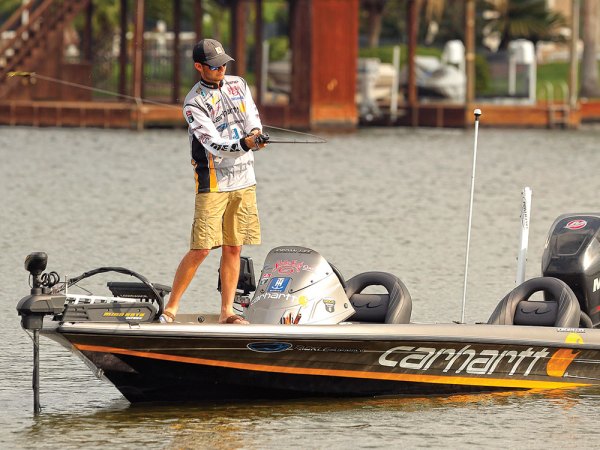The water is cold and the bite is slow, but winter bass will still feed—provided you tap into their seasonal preferences. Prudently selected creature baits and soft-plastics are key, but presenting the package with the right speed and action is even more critical now than it is in warmer times, when fish are actively seeking meals. We asked five experts for their advice for turning on open-water bass on the coldest of winter days.
1. Launch a Missile
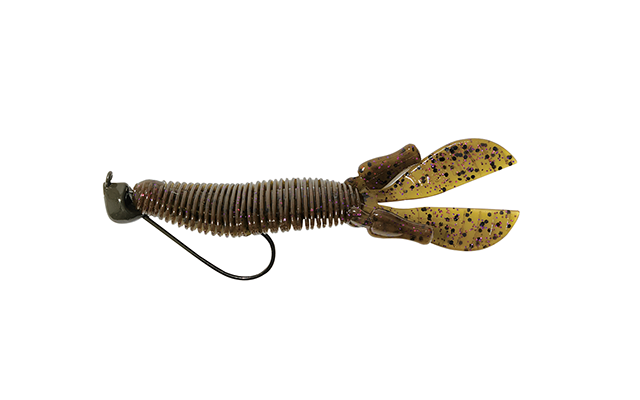
Ish Monroe: Elite Series pro from Hughson, Calif.
Bait: Missile Baits Baby D Bomb on a ³⁄₁₆- to ¼-ounce Missile Warlock shaky head
Why: Bait wiggles subtly even in a stationary presentation.
Where: Around rocks, which hold heat, preferably near a deep-water drop-off.
How: Monroe casts or pitches the bait on medium-action spinning gear and 8-pound fluorocarbon. Patience is key. Anglers who are capable of 2- to 5-minute retrieves have the best chance for success. Quick, 30-second burns will not work.
2. Take a Gamble
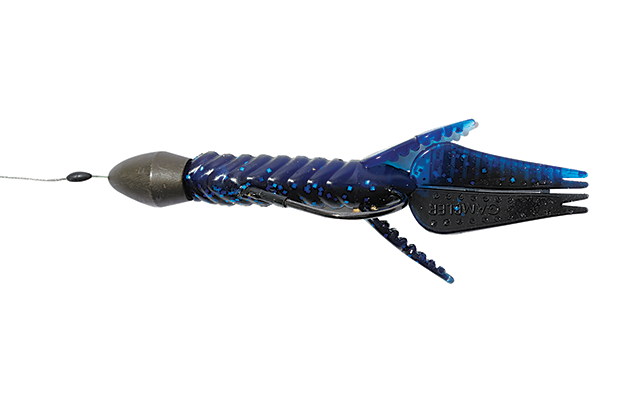
Mike Surman: FLW Tour Pro from Boca Raton, Fla.
Bait: Gambler Why Not, Texas rigged on 5/0 wide gap hook
Why: A thick main body and split diamond-shaped tail impart a gliding motion that triggers strikes from sluggish largemouths.
Where: Gaps in shoreline weeds or on points.
How: Surman flips or pitches the Why Not into sparse wintertime vegetation with a ⁵⁄₁₆- to ³⁄₈-ounce tungsten weight. The majority of bites come on the initial fall. Black, blue, or junebug are Surman’s go-to wintertime colors.
3. Get Money Hungry
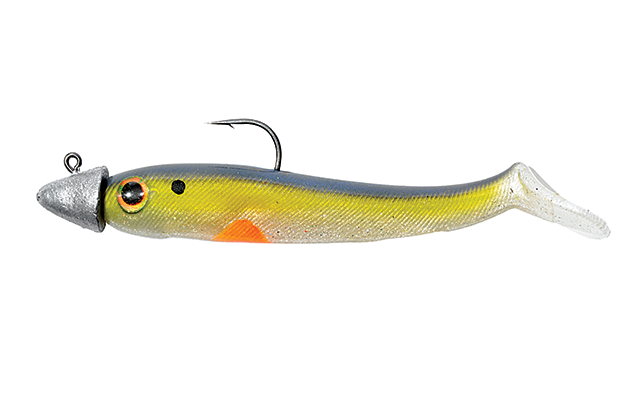
Jason Christie: Bassmaster Elite Series pro from Park Hill, Okla.
Bait: Five-inch Yum Money Minnow on a ½- to 1-ounce unpainted jighead
Why: The swimbait maintains good action when cold water locks up other plastics.
Where: Rocky ledges adjacent to feeding flats near the mouths of main lake creeks. Brush and stumps make it more attractive to fish.
How: Christie uses a slow, steady retrieve to work his bait within 2 to 3 feet of the bottom. Depth should dictate jighead size.
4. Pick a Pork
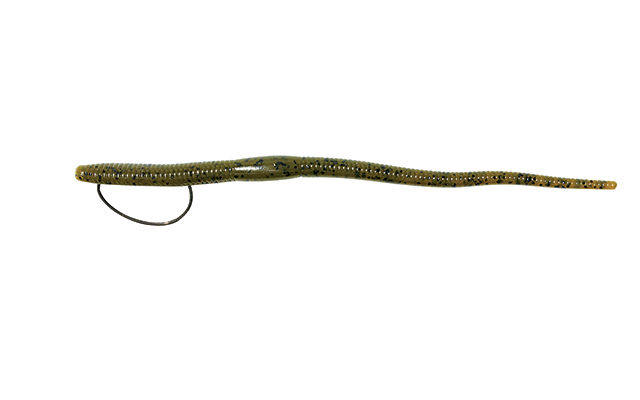
Stephen Johnston: Bass guide from Hemphill, Tex.
Bait: V&M Pork Pin on a Carolina rig
Why: The slender 8-inch worm rigged on a 3/0 to 4/0 wide-gap, round-bend hook offers an easy bite when winter bass shun bulky baits.
Where: A versatile offering for rock, mud, or grass bottoms, whether the fish are in deep water or moving shallow on a sunny morning.
How: A slow, dragging presentation stirs up the bottom and provides interested fish with time to look the bait over before striking.
5. Grab a Grub
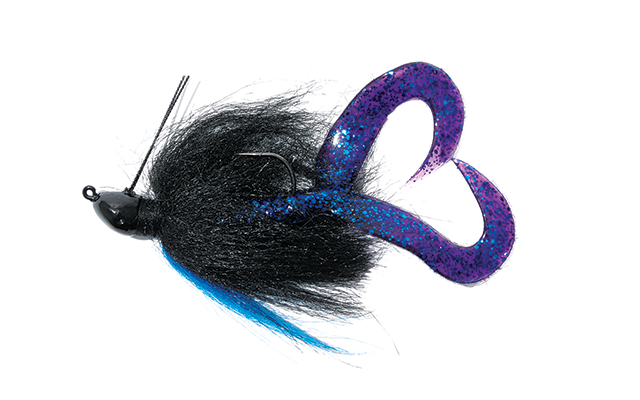
Adrian Avena: FLW Tour pro from Vineland, N.J.
Bait: Zorro Baits Twin Tail Grub on a hair jig
Why: Two points of subtle motion benefit a presentation where the angler does nearly nothing to move the bait.
Where: Hard cover (wood, natural rock, industrial piers, rubble).
How: In cold Northeastern climates, speed kills the wintertime bass bite. Avena describes his ultra-slow presentation on 15-pound fluorocarbon as “basically dead-sticking” the bait. Trimming the skirt level with the fibers of its accent color and thinning it by a third reveals more of the grub’s twin tails. The best spots are deep, or adjacent to deep water. Examples include large pockets, marinas, secondary creeks, and channel swings. On tidal fisheries, Avena targets spots out of the current.
